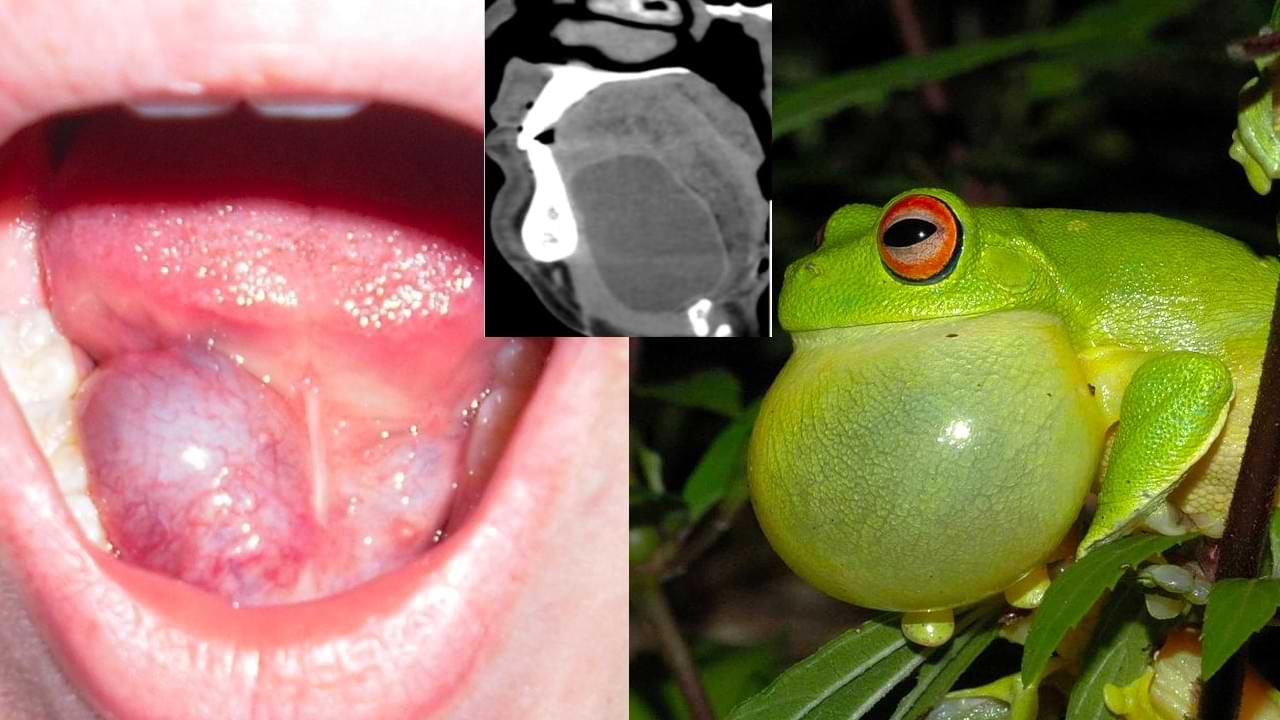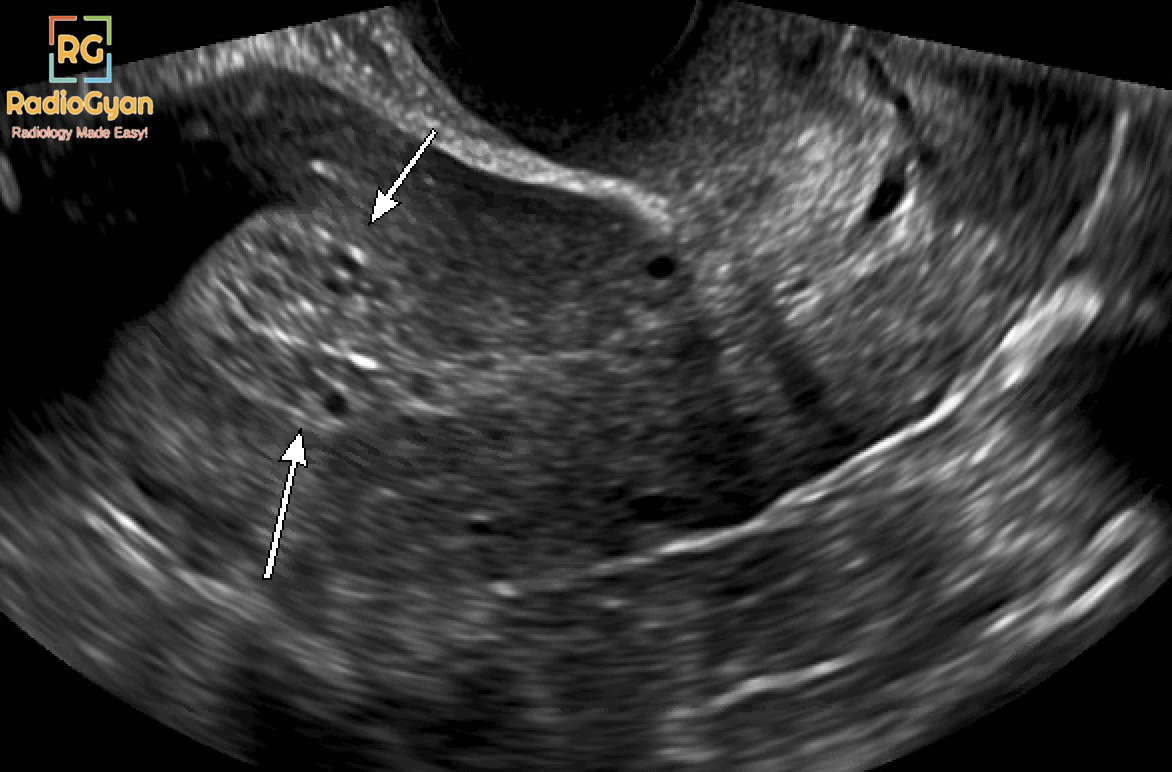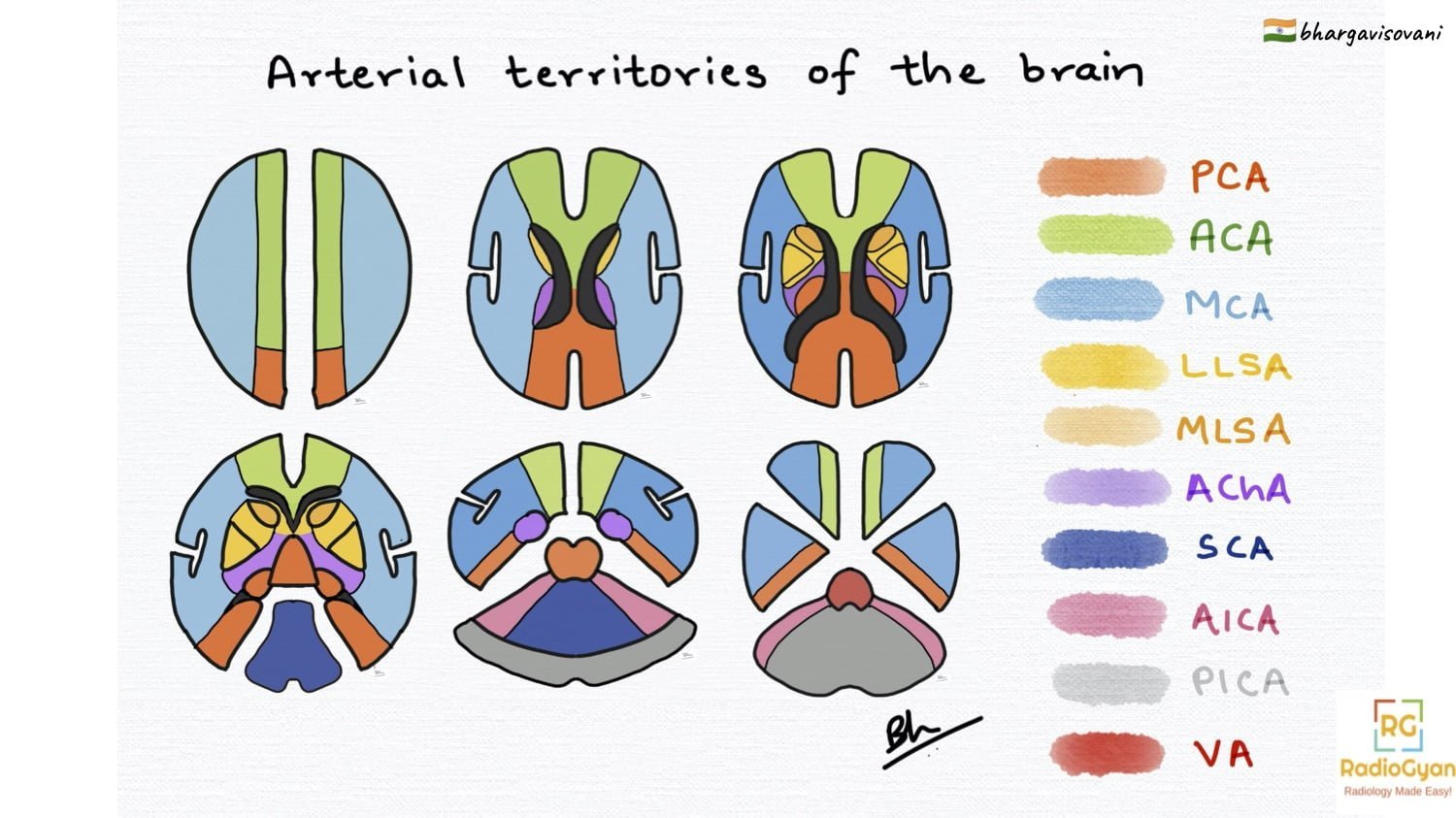
Quiz
Which of the following is TRUE with regards to a ranula?
- Can undergo malignant transformation
- Most commonly congenital in etiology.
- Mucus retention cyst of sublingual or minor salivary glands
- Cyst aspiration is the treatment of choice.
Answer: Mucus retention cyst of sublingual or minor salivary glands. Read the article below to find out why the other choices are incorrect.
Pathophysiology
- Benign, mucous retention cyst arising from an obstructed sublingual or minor salivary glands in the sublingual space.
- Can be true cysts occurring due to ductal obstruction OR a pseudocyst resulting from ductal injury leading to extravasation and accumulation of saliva in the surrounding tissues.
- Commonly acquired and rarely congenital.
Classification System :
Ranulas are classified based on the extent of the lesion,
- Simple: confined to sublingual space. True cyst.
- Diving, AKA plunging ranula: herniated either around or through the mylohyoid muscle extending into the submandibular space. Pseudocyst.
Key Imaging Features

1. CT
1) Simple ranula- well-defined, thin-walled, unilocular, low-density cystic lesion with linear or no wall enhancement on postcontrast. Unilateral lesions appear as lenticular shapes and bilateral as horseshoe shape lesions.
2) Diving ranula-
Comet-tail morphology:
Tail sign- Collapsed sublingual portion of the cyst. All diving ranulas arise from the sublingual glands, which are seen as an extension of a small tail into the sublingual space. Lesion morphology is similar to a simple ranula with a tail in the anterior sublingual space and a body in the submandibular space medial to the submandibular gland.
3)Infected ranula-thick enhancing walls with adjacent fat stranding and content may show increased attenuation.
2. MRI
Well-defined cystic lesion with fluid signal intensity showing T1 hypointense and T2 hyperintense signal and a linear or non-enhancing wall on post-contrast studies if not infected. Altered T1/T2 signal with a thickened enhancing wall in the infectious lesion. T2 fat-suppressed sequence best delineates the tail sign of diving ranula.
3. USG
Thin-walled, hypoechoic cystic lesions in sublingual space. In case of infection, the walls appear thicker and have echogenic fluid content.
Imaging Recommendation :
Contrast-enhanced CT scan is the imaging modality of choice for the extension and characterization of the lesion.
Top 3 Differential Diagnosis :
1. Lymphatic malformation: Multilocular, septated lesion containing fluid-fluid levels and peripheral wall enhancement.
2. Dermoid and epidermoid: Low-density lesion with a thin non-enhancing wall. Fat density on CT and high signal on T1 MRI in dermoid and diffusion restriction on MRI in epidermoid.
3. Second branchial cleft cyst: Second branchial cyst can occur anywhere along the course of the second branchial apparatus, from the pharyngeal wall to the skin. The angle of the mandible is a common location. No tail sign. Branchial cysts tend to displace submandibular glands anteriorly, unlike the ranula, which displaces the submandibular gland laterally.
Clinical Features :
- Symptoms: simple ranula presents as painless swelling in the floor of the mouth, while diving ranula presents as submandibular mass displacing the submandibular gland,
- Age/Sex predilection: median age-30 years, slight male predilection.
- Risk factors: a history of neck or oral cavity trauma
Etymology and synonyms :
Ranula derives from the Latin word “Rana” meaning frog, from the resemblance of the lesion to the sublingual blebs in a frog’s mouth.

Treatment :
- Complete resection of the ranula with the obstructed sublingual gland to prevent a recurrence.
- Sclerotherapy with OK-432 and bleomycin
- Cyst aspiration has the highest recurrence rate.
References:
Single best reference article:
“Vocal Sac.” Wikipedia, Wikimedia Foundation, 8 Dec. 2022, en.wikipedia.org/wiki/Vocal_sac. Accessed 20 Jan. 2023.
“Ranula.” Wikipedia, Wikimedia Foundation, 28 Dec. 2020, en.wikipedia.org/wiki/Ranula. Accessed 20 Jan. 2023.
Co-Authors: Dr. Mansi Sarmalkar.





